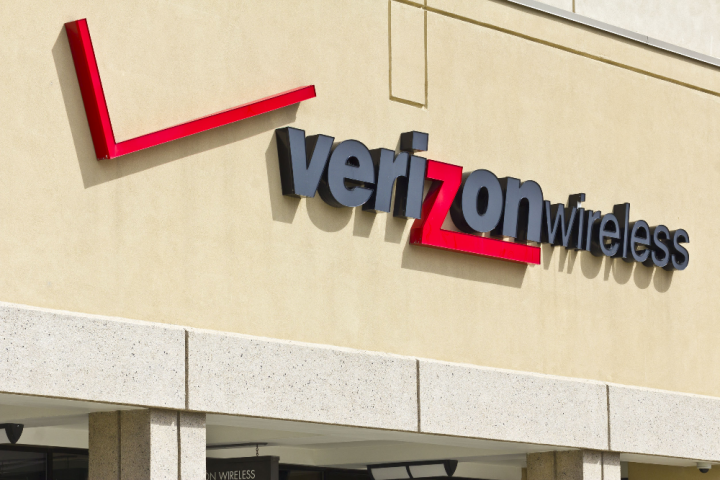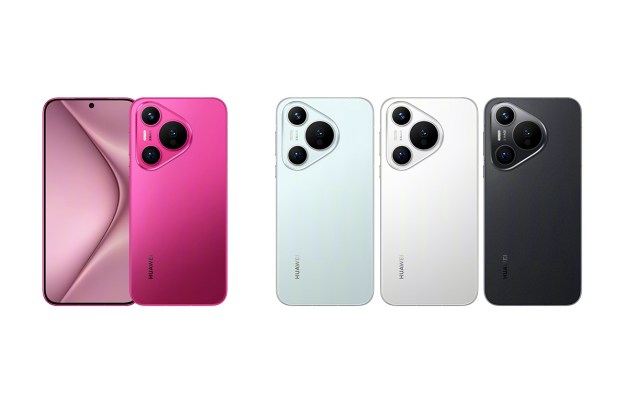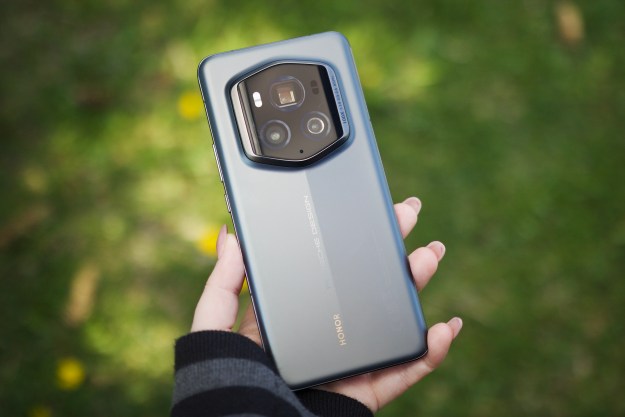
“Our customers just received a major network enhancement for no additional cost,” said Tami Erwin, head of operations for Verizon’s wireless unit. “Verizon LTE Advanced works like a turbocharger on an engine. Speed boosts kick in when you need it most, with big data use. That’s when you get the big peak boost of Verizon LTE Advanced.”
So how is the firm doing it? Apparently, the mobile giant is combining “multiple channels to speed mobile data over the network,” allowing for peak speeds that are 50 percent faster than before. In essence, up to three bandwidth channels are bundled together to create one large channel, which allows Verizon to send data sessions across the most efficient routes. In fact, with three-channel carrier aggregation, Verizon engineers have seen download speeds of up to 300Mbps.
“Verizon LTE Advanced means your data session moves more quickly over the best network,” said Nicki Palmer, Verizon’s chief wireless network engineer. “Imagine a road with multiple lanes in which, once you pick a lane, that’s the lane you drive in. That describes our award-winning 4G LTE network. Continuing the metaphor, Verizon LTE Advanced allows cars to change lanes efficiently and flawlessly, balancing the flow of traffic and getting drivers to their destinations more efficiently. That means blindingly fast data transmissions when you need it most.”
And don’t worry — you won’t have to do anything to get these enhancements — as Verizon says, “there are no extra plan costs, no settings to change, no indicators to check.”
But even if you’re not a Verizon customer, rest assured that what one major carrier does, the others must do as well. T-Mobile, AT&T, and Sprint all look to be making similar moves, so no matter who your bills go to, it looks like we’re in for some faster speeds in the near future.

